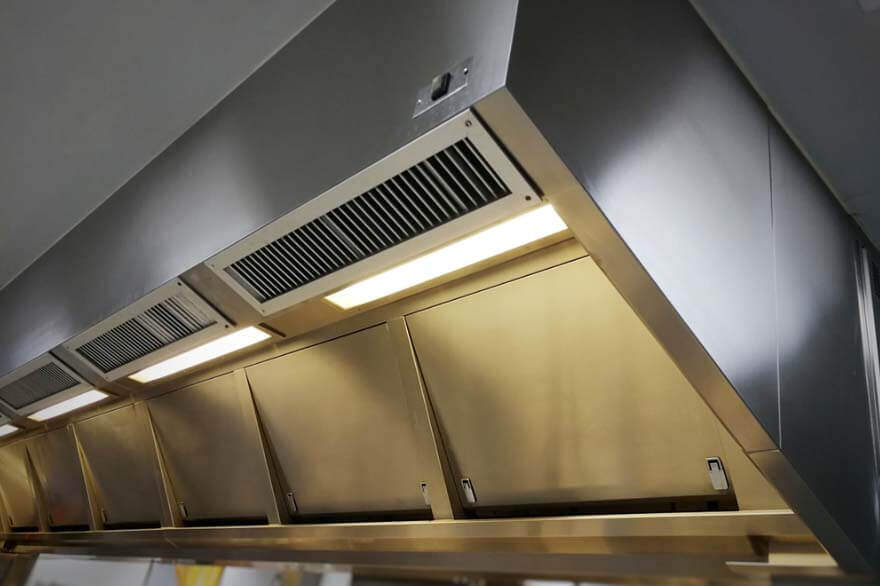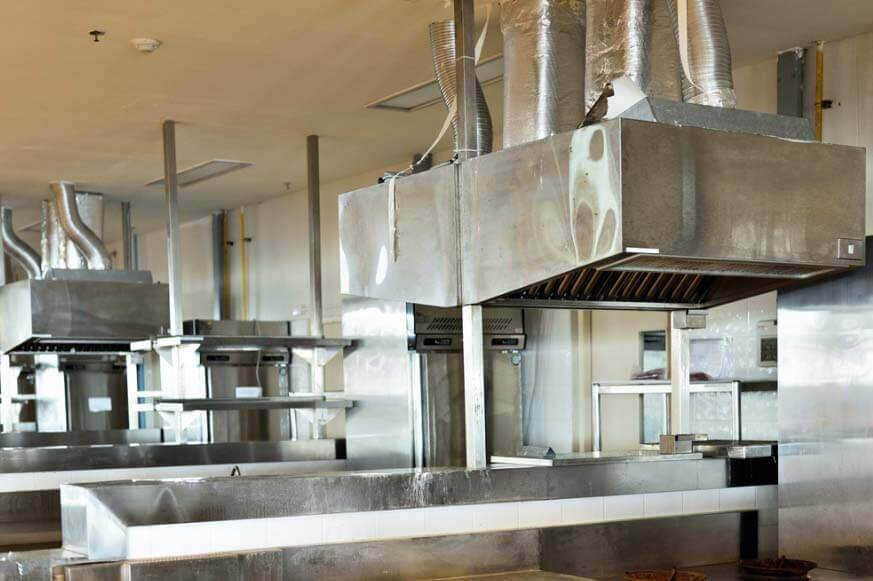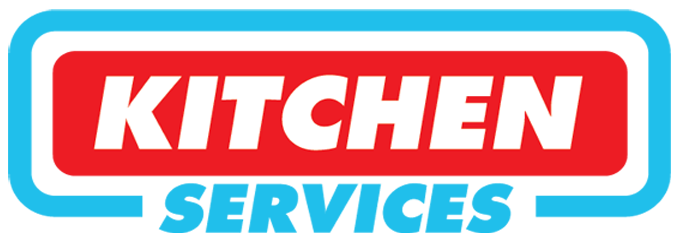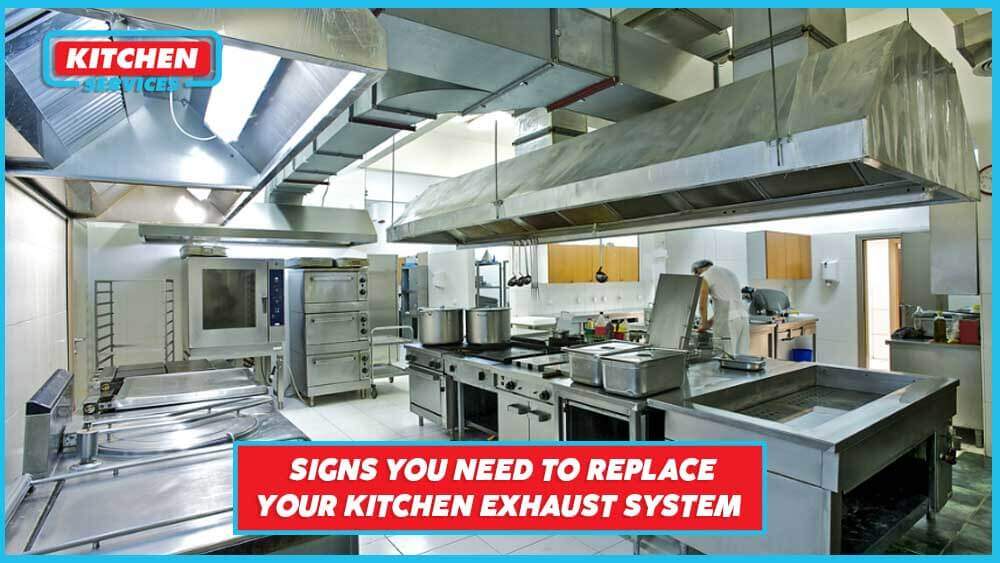A properly functioning range hood is a must-have item in today’s modern kitchen. The air quality in your kitchen and adjacent breakfast nook, bar, or dining room is improved by your range hood. It also assists in keeping the area around the kitchen wall clean and clear of oil or smoke residue from regular food preparation. It avoids peeling wall paint and loosening and separation of adjoining backsplash tiling from your kitchen wall due to excess steam.
Many commercial chefs are unaware that their range hoods may require frequent adjustments or tune-ups until they cease operating completely.
Ventilation System of Range Hood
Your commercial kitchen’s ventilation system is responsible for maintaining air quality and preventing fires. Vent hoods, fire systems such as sprinklers, pollution control units, grease extraction devices, exhaust systems, and make-up air systems are all components of ventilation systems.
All of these systems work together to ensure that your employees and customers are breathing clean air and that a fire does not put your equipment, restaurant, or people in danger.
As a result, it is vital to clean and maintain your ventilation system in order for it to function correctly at all times.
Exhaust Hood Filters
Similar to your ventilation system, in your commercial kitchen hood exhaust systems, the exhaust hood filters are the first line of defense. To maintain environmental quality and limit the risk of fires, they prevent grease and debris from entering the ventilation system. However, in order to do their job properly, your hood filters must be in good functioning order.
The replacement of hood filters does not have to be done on a regular basis. The type of filter, how well it’s maintained, and the amount of grease, debris, and heat it’s exposed to will all affect how long it lasts. Exhaust hood filters must be replaced every six to eight months in many busy restaurants. Others can go up to two years without needing a replacement.
But the question stands, how to look for signs of replacement for your kitchen range hood, ventilation system, or exhaust hood filters.
Don’t worry, we have covered the signs and symptoms for you below.

Buildup of Grease
If you give a more than required gap between your vent hood cleanings, the grease will continue to grow. With this accumulation, it becomes nearly impossible to remove it even with the help of expert vent hood cleaners. In such a case, to prevent any dangers and to preserve the unit’s effectiveness, it is advised to replace your commercial kitchen exhaust system.
Changes in Your Production
If you have recently upgraded your menu by adding or removing some items from the menu, then keep in mind that the upgraded menu requires an upgraded range hood. You may need to determine whether your present system is capable of handling the additional workload. It’s possible that you’ll need to upgrade or adjust your system to accommodate any changes.
Frequently Breaking Down
The most obvious symptom that your ventilation system needs to be replaced is if it becomes unreliable or needs to be serviced frequently. If you find yourself losing sales as a result of a system outage, you should replace it as soon as feasible.
Excessive Airflow
An out-of-date system may have to work more to move the same amount of air, resulting in higher expenditures. To get your energy costs back to acceptable levels, the entire system may need to be replaced.

Your Kitchen is Unusually Smoky
If your eyes get wet while cooking on the stove, it’s because the range hood’s fan system is failing to absorb and then expel the lingering odors of great dishes in the making, as well as annoying smoke and grease. To begin, clear all extra grease accumulation from the fan’s blades and tray. Next, look for any debris in the air ducts that are linked to the fan. If neither of these measures relieves the Smoky atmosphere, contact your local range service provider to have your range hood replaced.
The Motor of Your Commercial Exhaust Hood Becomes Louder
You’ve noticed that your range hood’s motor is becoming increasingly louder with each use. To ascertain if the excessive noise is caused by grease and cooking residue buildup, clean the engine thoroughly. If cleaning doesn’t work, contact a range hood repair service to see if this important piece of kitchen equipment has to be replaced.
Controls on Your Range Hood have become Tight/ Circuit Issues
If the light or other features on your range hood don’t work after you press the control buttons, check the fan’s functionality first. The built-in circuit board may be failing or malfunctioning if the fan is performing normally. You should contact your range hood repair and replacement service provider, who will diagnose the issue and recommend either repairs or a new range hood installation.
Whether you do need a new range hood, check the product warranty to see if your present one is still covered. If this is the case, contact the product’s manufacturer for a replacement. If the warranty is no longer valid, contact a reputable local range hood supplier for a replacement.

